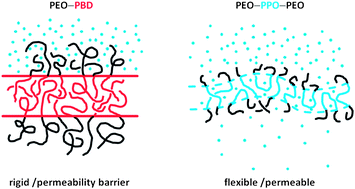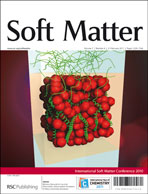Polymersomes: smart vesicles of tunable rigidity and permeability
Abstract
We report an experimental study on the mechanical and permeability properties of giant polymersomes made of diblock (PBD–PEO) and triblock (PEO–PPO–PEO)

- This article is part of the themed collection: International Soft Matter Conference 2010

 Please wait while we load your content...
Please wait while we load your content...